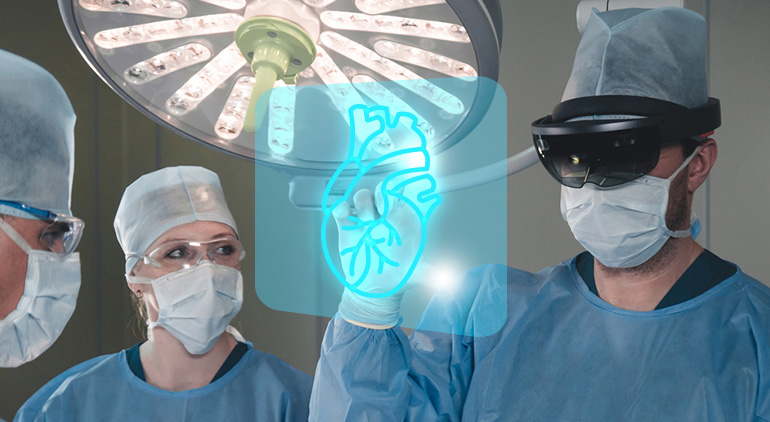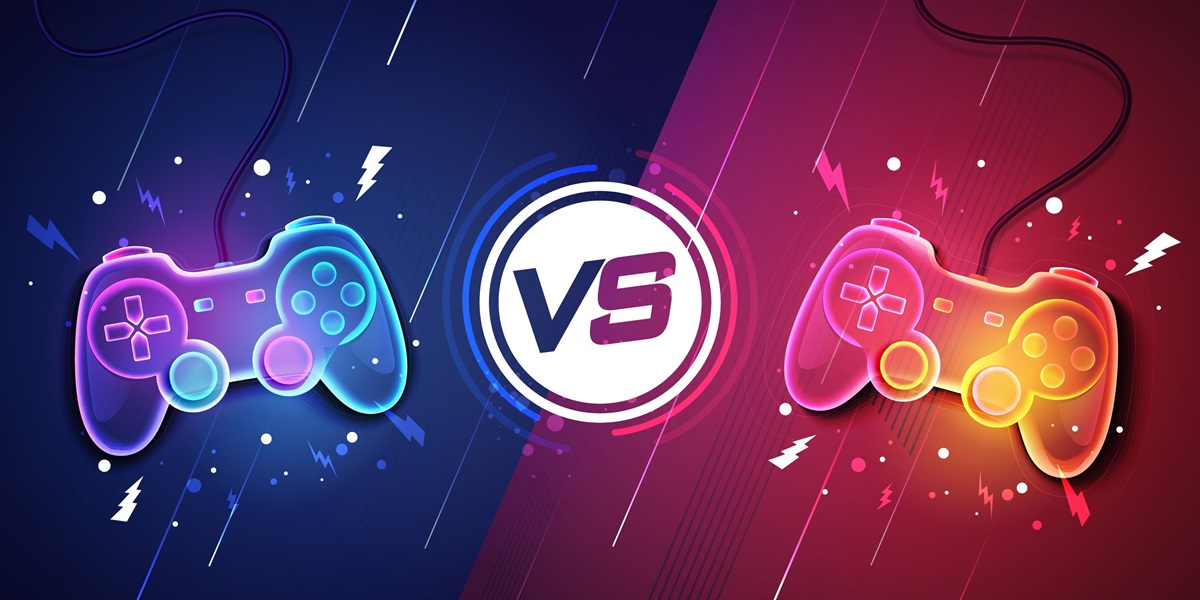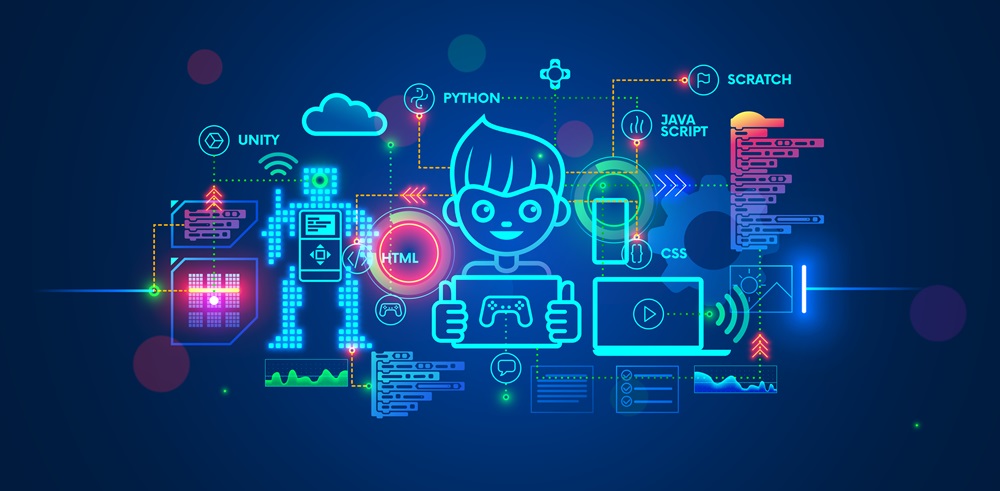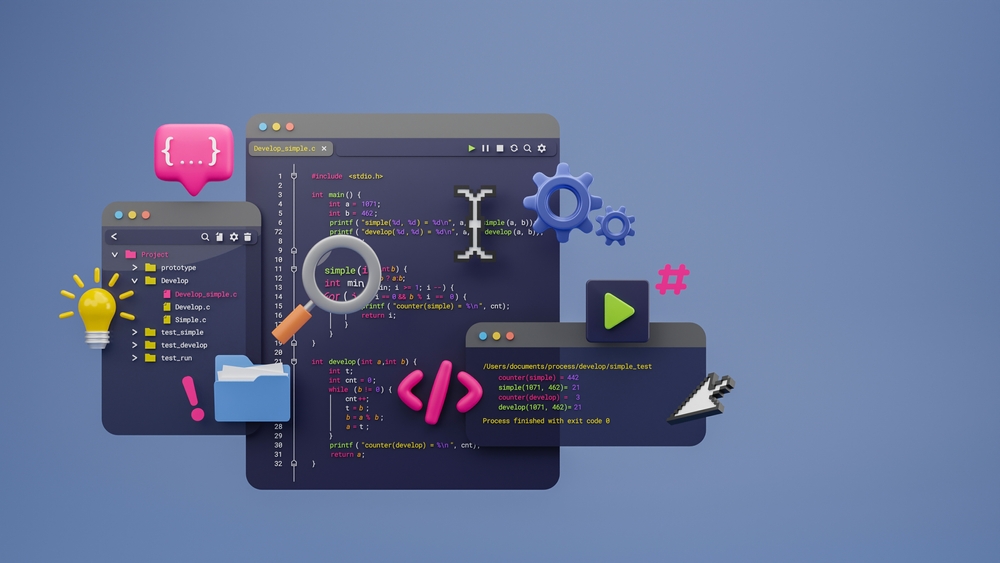Augmented Reality in the Pharma Industry: AR/VR for Pharma
The pandemic has ensured a rapid adoption of innovative technologies in businesses.
The pharmaceutical industry has also taken advantage of AR medical technology's benefits to Pharcreate better and more efficient healthcare ecosystems.
New Dynamics with AR Technology in Pharma
As global spending on medicine is expected to touch $1.5 trillion through 2021, the sector will turn towards technology-enabled processes to match the growing requirements.
Experts cite industry statistics on the ever-increasing consumption of AR-related investments in business, which is projected to increase to 80% from around 60% currently in the next few years.
AR in pharma removes the paper-to-digital divide seamlessly and enables business processes from R&D to production to training to the final rollout for commercial production.
• AR Detailing of Complex Concepts in Pharmaceutical Industry
AR in life sciences provides robust and enhanced demonstrations, especially in understanding complex medical theories. Research shows that AR can effectively demonstrate spatial and temporal concepts and immersive all sensory experiences to experience an enhanced learning output.
AR detailing by offering 360-degree 3D renditions and data visualizations of how medicines or devices function creates an interactive experience that fosters deeper insights into complex structures, the composition of products, conditions, and treatment methods and outcomes, thus enabling a system that empowers health.
• AR Technology for R&D
A critical area where augmented reality development is breaking new barriers is in the research and development arena.
By offering pharmacists the opportunity to study and understand symptoms, data, and visual analytics of findings, create prototypes of molecular structures, and explore their properties, they prove path-breaking innovations.
A Quintiles report suggests that new drug launches will see quantum jumps in the next five years. Even Indian pharma companies are increasing their share in R&D investments.
• Customer Engagement
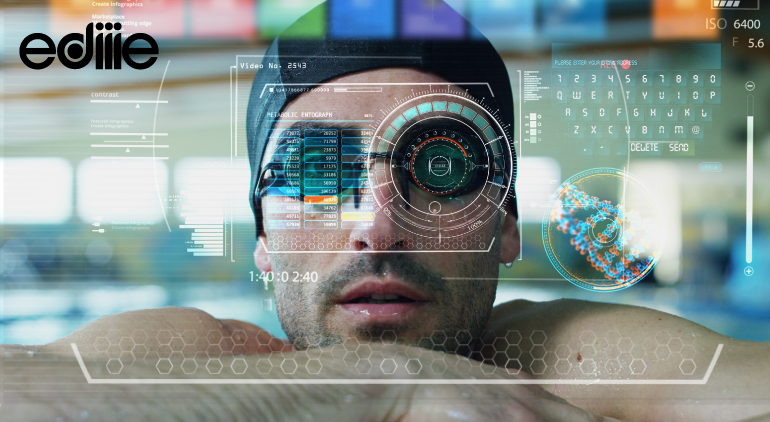
AR in Pharma offers highly engaging experiences that can be very satisfying for patients and Health Care Practitioners (HCPs). It can help foster an emotional and personal connection by offering them such a differentiated application to assess and understand health issues.
By providing 3D visuals on body representations, both patients and HCPs work collaboratively toward a common goal.
• AR-Powered Pharma Marketing Tools
Sales representatives and other medical industries can use AR VR technology in the pharmaceutical industry to demonstrate products, compositions, uses, and benefits to physicians and doctors.
This can be used as a practical method by allowing them sensory experience to understand the impacts of manipulating devices in the body to educate them on health conditions and diagnostics.
Alcon used AR technology to assist their sales force in selling Alcon LenSx Laser to cataract surgeons. The reps could showcase the product in actual dimensions without physically carrying it around. It gave the physicians an idea about the space to occupy and an understanding of the workings from all angles.
• Enhanced Safety Protocols
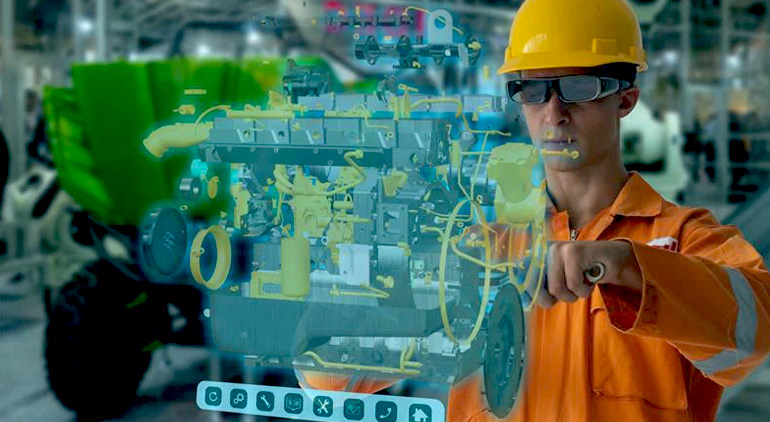
Augmented reality in the pharma industry enhances safety by providing real-time data visualization, virtual training, and remote assistance, ensuring accurate procedures and reducing human errors during drug manufacturing and quality control, etc.
Offering trainees and clinical researchers access to hands-on experiences in AR-simulated modules allows them to practice and learn in an augmented way and experience and manipulate real-life medical situations to study impacts in a safe and controlled environment.
• AR Technology Increases Efficiency
Augmented reality pharma can help increase efficiency in day-to-day operations. With AR glasses, routine tasks like product search, pick up, and placement are made more accessible.
AR and VR-backed user manuals also provide real-time instructions on technical and operating guidelines, which saves time and resources, reduces the chances of errors, and leads to increased efficiency.
Conclusion
In the Asia Pacific region, India is expected to lead with ar vr in healthcare at a CAGR of 26.1% by 2027. AR technology in the pharma sector will become an indispensable application for the pharma sector and can reap massive benefits.
The potential of digital innovations in the pharma and healthcare sector is vast, limited only by the ingenuity and creativity of the developers.
EDIIIE is an AR company that constantly strives to surpass the stakes by developing accurate and explicit tools that enable breakthroughs in treatment and diagnosis in the medical field.
Read more: Augmented vs. virtual reality
